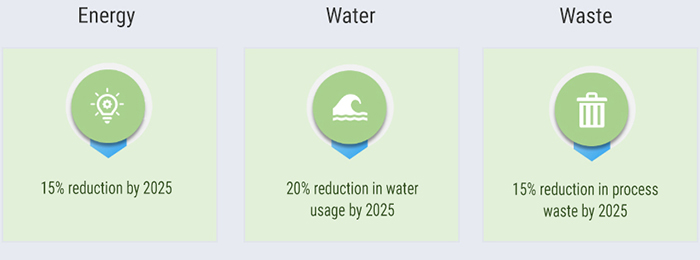Sustainability
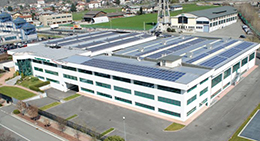
Nature as the main ally
Energy is the basis of the process. Thermoplay installed a roof top solar panel system and three inverters in 2011. Under ideal conditions, the 860 solar panels are capable of generating 198 kWp.
Since the installation, the average energy produced by the system per year exceeds 185.000 kilowatt-hours (kWh) per year, reducing the company’s environmental footprint by avoiding carbon dioxide emissions associated with other power generation methods. In addition, the energy produced by the system is fully used by the manufacturing department, saving 91.770 kg of CO2 .
100% of the energy used by Thermoplay is clean as it comes from renewable sources. 90% of which is produced in the Valle d'Aosta region through wind and hydroelectric plants. The remainder is produced by its own solar panel system and self-consumed.
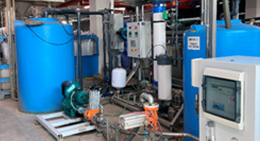
No waste
Thermoplay S.p.A. uses a water recirculation system for the cutting machine. This system allows the waste water to be recovered so that it can be reused inside the high pressure pump where it is filtered and then returned to the cutting tank.
The water treatment capacity reaches up to 670 l/h.
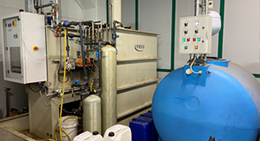
The water cycle
Thermoplay uses a water recovery system used at most of the machines in the manufacturing department. This system allows to separate the water from the emulsive oil and to put water back in the hydraulic system used by the tooling machines.
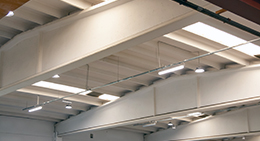
Sustainable lighting
98% of the required lighting is generated by LED sources, allowing a reduction of 60% of electricity consumption.
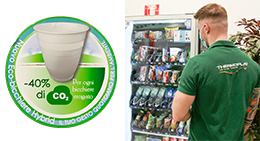
Consciously choose
Thermoplay has reduced the use of plastic bottles by 90% by installing purification and water dispensing machines connected to the public drinking water network in reusable containers.
Furthermore, glasses and stirrers for hot drinks are made of biodegradable and compostable material, while among the solid foods there are typical products of the Valle d'Aosta regional agriculture, an important support in the enhancement and conservation of the territory.
Next steps towards a sustainable future
